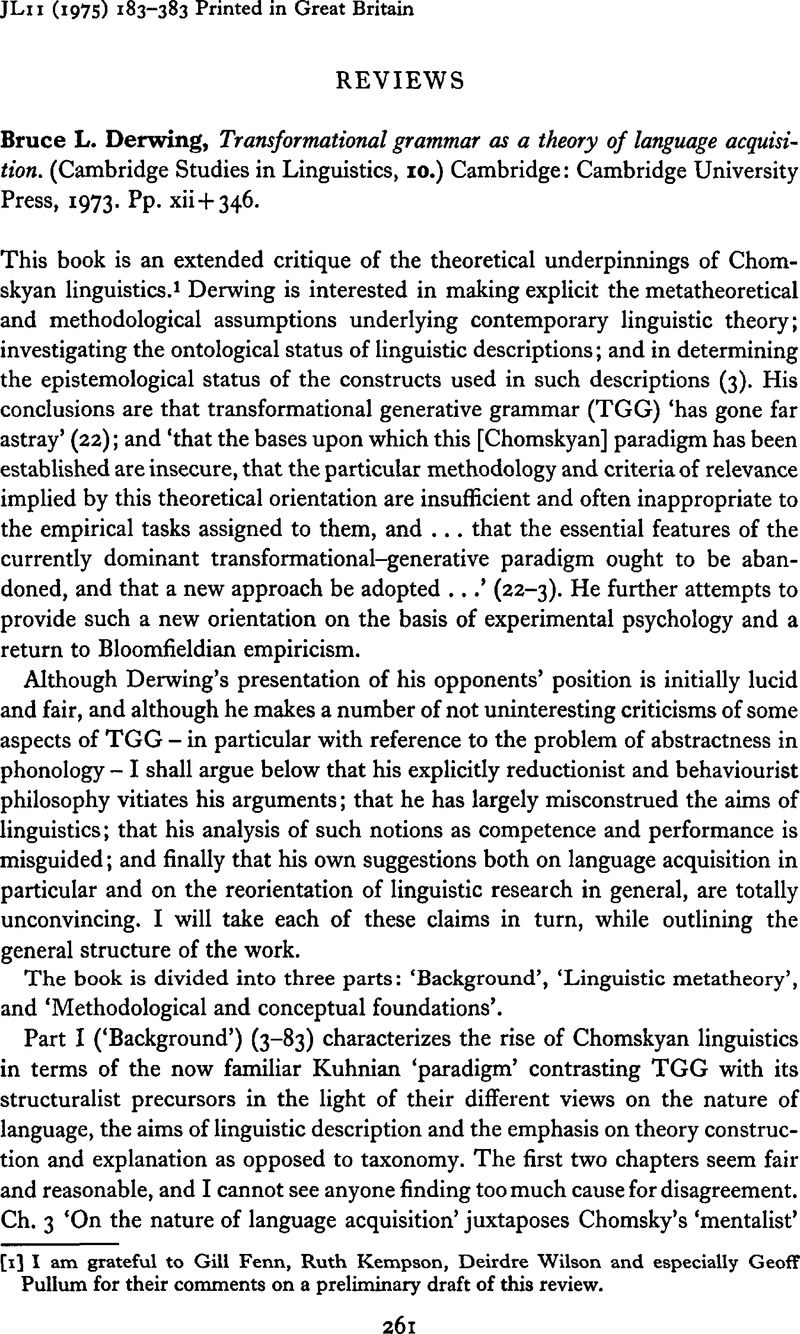Crossref Citations
This article has been cited by the following publications. This list is generated based on data provided by Crossref.
1981.
The Cognitive Representation of Speech.
Vol. 7,
Issue. ,
p.
463.



